urine specific gravity child
 The cutoff 1st day urine specific gravity in critically ill children: Predictive factor for early abnormal glomerular filtration rate Malaki M - Saudi J Kidney Dis Transpl
The cutoff 1st day urine specific gravity in critically ill children: Predictive factor for early abnormal glomerular filtration rate Malaki M - Saudi J Kidney Dis TransplUrine Specific Gravity Test OverviewA is a painless way for your health care provider to check your health and test the anomalies. One thing your healthcare provider can check in your urine sample test, or urine, is specific gravity. A specific test of urine severity compares urine density to water density. This quick test can help determine how well your urine is diluting. Too concentrated urine could mean that your kidneys don't work properly or that they're not drinking enough water. The urine that is not concentrated enough can mean that it has a rare condition called, which causes thirst and the excretion of large amounts of diluted urine. The main role of your kidneys is to filter your blood and keep normal. Testing the specific severity of the urine is a quick way for your healthcare provider to tell you if your kidneys are trying to make up for any anomaly. Specific gravity tests are useful if your health care provider thinks you have any of the following conditions: You may have to take a specific urine seriousness test several times in a day. This will help your healthcare provider see how well your kidneys are compensating. Before taking a specific urine seriousness test, your healthcare provider may ask you to do some things to prepare for it. First, you will be asked to stop taking any medication that may interfere with the test results, such as those containing the sucrose or dextran. You may have to wait to take the test if you have recently been given an intravenous contrast dye for an MRI or MRI scan. If more than three days have passed since the dye was administered, it should be okay for you to take the urine test. You should also eat a balanced diet in the days before the test. This diet should exclude certain foods that may affect the color of your urine. These include: A sample for a specific urine test contains at least 1 to 2 ounces of urine. The best time to get a sample is the first thing in the morning, when your urine is the most concentrated. Your healthcare provider will give you a cup to collect a urine sample. For the best sample, you should use an antibacterial towel to clean the area around your urethra. This will reduce the likelihood of bacteria contaminating the sample. urinate a small amount, and then place the cup under the urine flow. urinate in the cup until you have a large enough sample, and then end by urinating in the toilet. This is known as the method (or the medium). Your health care provider will send the urine sample to a laboratory while fresh. This will ensure the best results. A laboratory technician will use a refractmeter to project light in the sample and determine its density. This is more reliable than the dipstick method, in which a stick is placed in the urine to measure how much it sinks or floats. While there is evidence at home, the results will not be as accurate as those performed by a professional in a sterile environment. Home testing is more susceptible to contamination. Another benefit to take the test in your health care provider's office is that you can send the sample to the laboratory for more detailed tests and analysis. Sometimes they are used to evaluate how the kidneys dilute and concentrate the urine, being osmolality the index of a concentration. Knowing the osmolality of your urine can help your healthcare provider diagnose certain conditions. To understand urine concentrations, think of the dark color of your urine when you have had nothing to drink at some point. Its urine is lighter and usually has a specific gravity lower when it is well hydrated. The specific gravity of urine is a more accurate measurement of the overall concentration of your urine than looking at the color of your urine alone. Your healthcare provider will examine your urine density relationship with water density. To put it another way, the specific water density would be 1,000. Ideally, the specific gravity results of the urine will fall between 1.002 and 1,030 if your kidneys work normally. Specific gravity results above 1.010 may indicate mild dehydration. The higher the number, the more dehydrated it will be. The specific severity of the urine may indicate that you have additional substances in your urine, such as:Your healthcare provider will use the results of your specific urine seriousness test, along with other urine results, to get a diagnosis. Abnormal specific severity results may indicate: A urine analysis can also measure the concentration of several cells. White blood cells may indicate an infection. And glucose can aim at glucose intolerance or diabetes. Other types of urinalysis include , , and . The results of these tests can help your health care provider perform a more accurate diagnosis. The specific gravity test of the urine involves urinating normally and is not associated with any harmful side effect. However, if you have a urinary tract infection, always notify your healthcare provider if you experience discomfort or any unexpected symptoms. A specific test of urine severity is a painless and easy to take test. Preparation is simple, and it only requires excluding some things from your diet and temporarily stop certain medicines. This test can help healthcare providers with a . When used together with blood test or other urine tests, it can also help healthcare providers identify different conditions. In some cases, the specific gravity test of the urine will show that it is dehydrated or overhydrated. If you are extremely dehydrated and have problems getting enough fluids, you may be given intravenous fluids to help hydrate it faster. Mild dehydration can be resolved by constantly taking more water. If you are overhydrated, your health care provider may perform more tests to look for or , heart, brain or kidney diseases that may be causing. Last medical review on August 7, 2018Read this following

Comparison of demographic characteristics and urine specific gravity... | Download Table

Urine specific gravity before and after training | Download Table

Guidelines for interpretation of urine specific gravity readings | Download Table
PLOS ONE: Urinary Phthalate Metabolites Are Associated with Body Mass Index and Waist Circumference in Chinese School Children
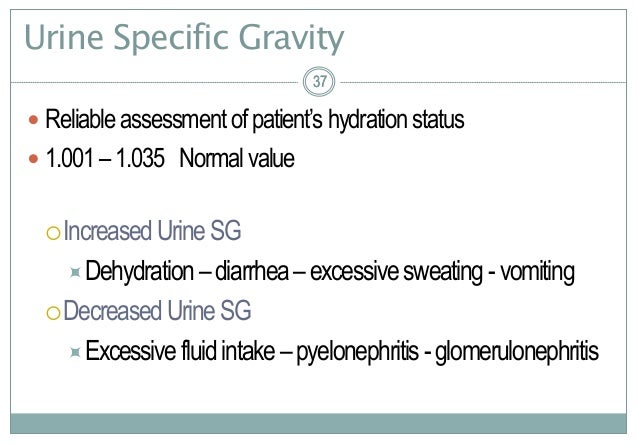
Alterations in genitourinary function in children fall 2017

Pediatric Nursing Unit Ten Child with Genitourinary Disorders. - ppt download
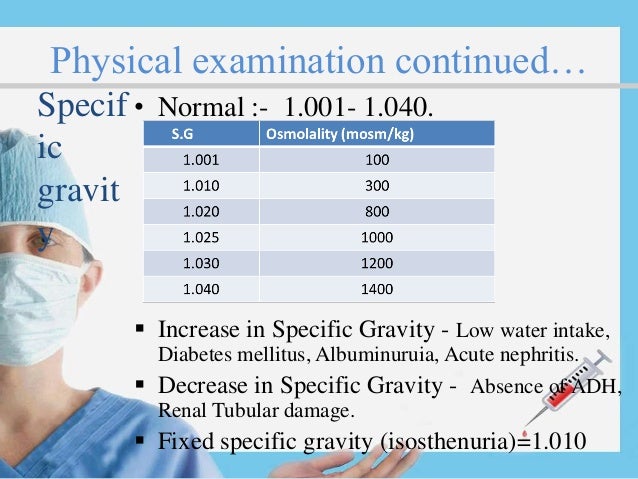
Urine analysis
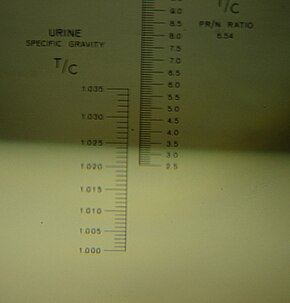
Urine specific gravity - Wikipedia
PLOS ONE: Association of the urinary sodium to urinary specific gravity ratio with metabolic syndrome in Korean children and adolescents: The Korea National Health and Nutrition Examination Survey 2010-2013

Urine specific gravity before and after training | Download Table

Comparison of demographic characteristics and urine specific gravity... | Download Table
Urine Specific Gravity and Osmolality
PLOS ONE: Association of the urinary sodium to urinary specific gravity ratio with metabolic syndrome in Korean children and adolescents: The Korea National Health and Nutrition Examination Survey 2010-2013
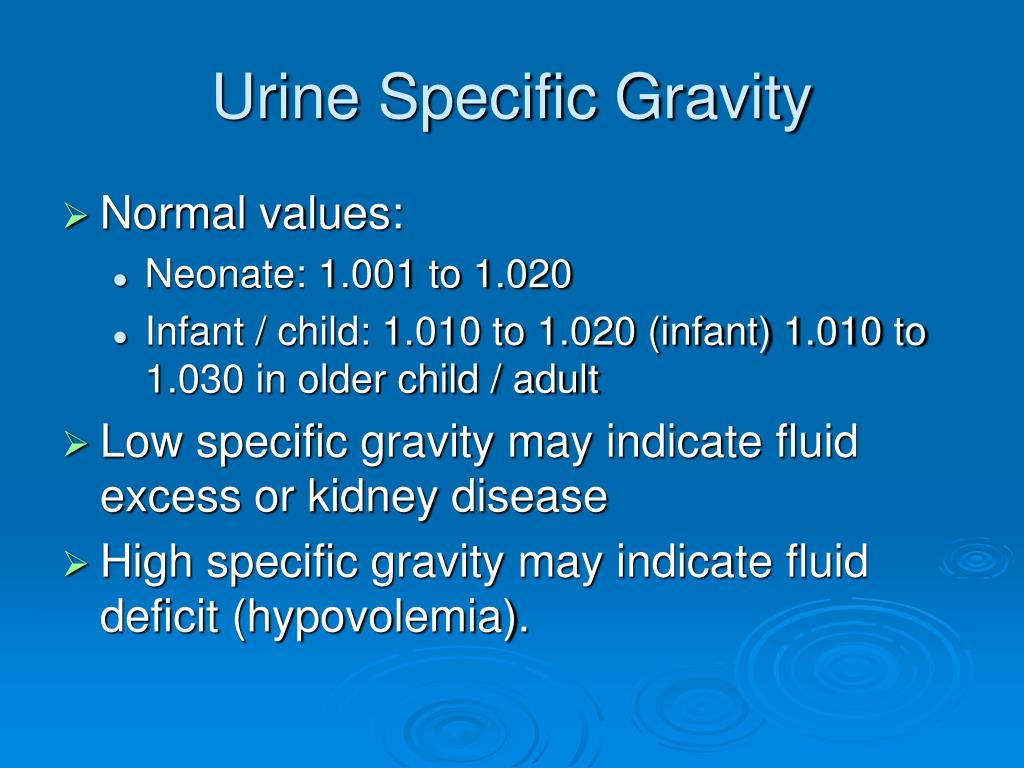
PPT - Fluid and Electrolytes PowerPoint Presentation, free download - ID:648945

Classification of hydration status using urine specific gravity | Download Table

Urinary Tract Alterations In Children. By N. Haliyash MD, BSN. - ppt download

Diabetes Insipidus High Urine Specific Gravity - Diabetes Insipidus Urine Specific Gravity

Urine analysis with dipstick test in asymptomatic 7-year-old children Kamyab F, Gholami M, Shaghaghi F, Bidkhori M, Kamali Z - J Edu Health Promot
![PDF] Association of the urinary sodium to urinary specific gravity ratio with metabolic syndrome in Korean children and adolescents: The Korea National Health and Nutrition Examination Survey 2010-2013 | Semantic Scholar PDF] Association of the urinary sodium to urinary specific gravity ratio with metabolic syndrome in Korean children and adolescents: The Korea National Health and Nutrition Examination Survey 2010-2013 | Semantic Scholar](https://d3i71xaburhd42.cloudfront.net/7de4412e919bc8e58fa61cd9562cbe80522cbe0e/8-Table2-1.png)
PDF] Association of the urinary sodium to urinary specific gravity ratio with metabolic syndrome in Korean children and adolescents: The Korea National Health and Nutrition Examination Survey 2010-2013 | Semantic Scholar

First-Morning Urine Specific Gravity and Enuresis in Preschool Children | Semantic Scholar

Guidelines for interpretation of urine specific gravity readings | Download Table

Kidney Function Tests Prof. Antonio Angeloni. Valutazione e risoluzionePagina 2 Laboratory tests and renal functionality studies 1. Urinary index 2.Serum. - ppt download
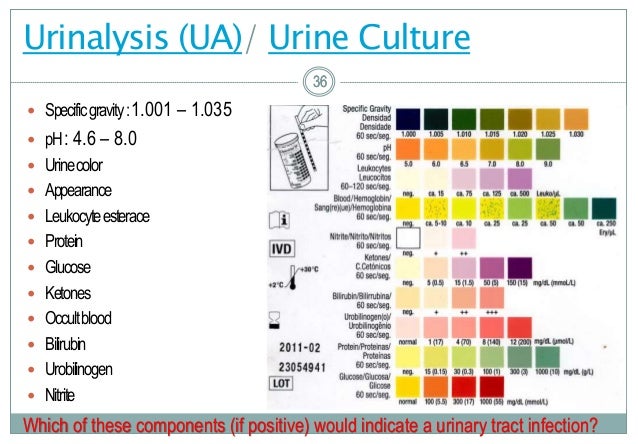
Alterations in genitourinary function in children fall 2017

Urine analysis with dipstick test in asymptomatic 7-year-old children Kamyab F, Gholami M, Shaghaghi F, Bidkhori M, Kamali Z - J Edu Health Promot
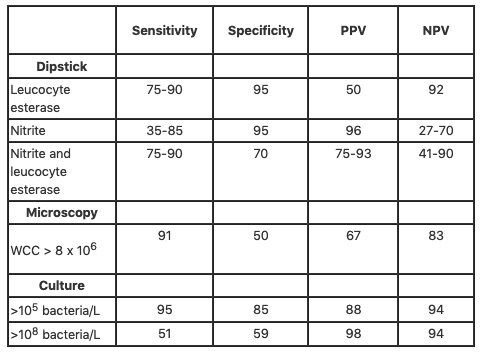
Dipstick urinalysis • LITFL • CCC Investigations

Urine specific gravity test: Procedure and results

Elisa A. Mancuso RNC-NIC, MS, FNS Professor of Nursing - ppt download
Requirement for specific gravity and creatinine adjustments for urinary steroids and luteinizing hormone concentrations in adole
PLOS ONE: Association of the urinary sodium to urinary specific gravity ratio with metabolic syndrome in Korean children and adolescents: The Korea National Health and Nutrition Examination Survey 2010-2013
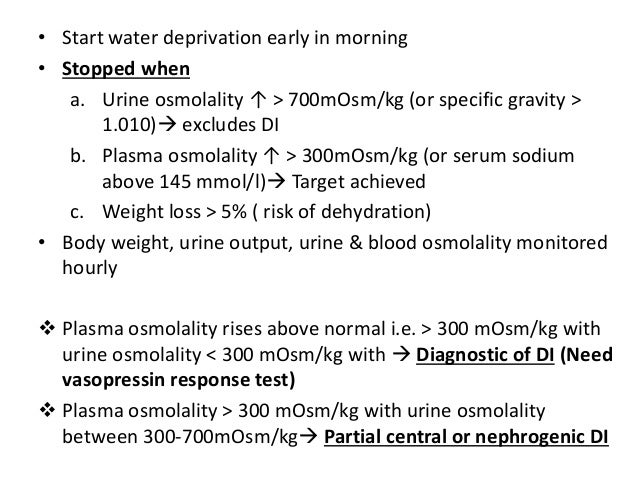
Diabetes Insipidus in Children

Urine Analysis: Part 3 – Complete Urine Analysis – Labpedia.net
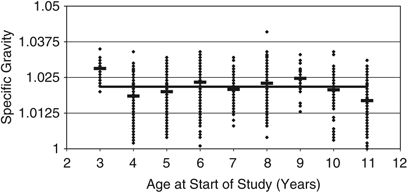
Evaluation of physiological measures for correcting variation in urinary output: Implications for assessing environmental chemical exposure in children | Journal of Exposure Science & Environmental Epidemiology

Assessing the Gravity of the Situation | American Academy of Pediatrics
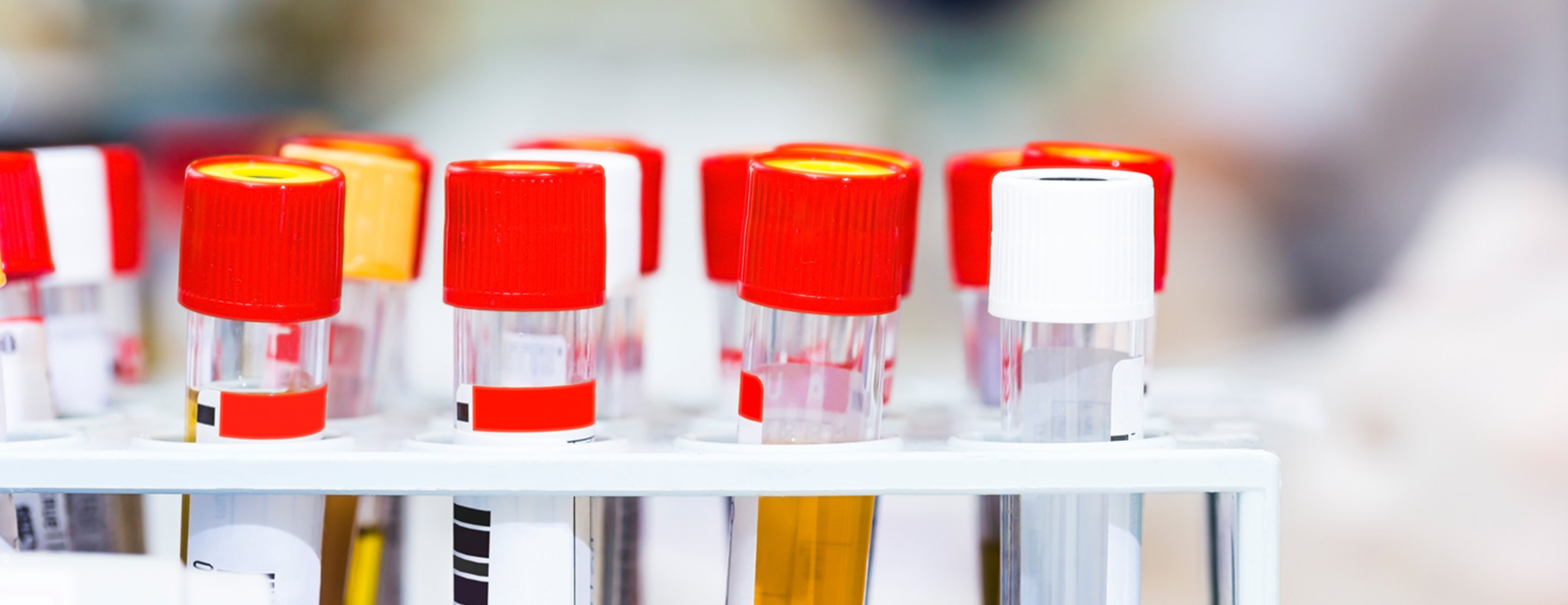
Urine specific gravity test

Urinalysis

Urinary Tract Alterations In Children. By N. Haliyash MD, BSN. - ppt download

hi doctor. my child of 9 month now. when child was 7 month he had UTI. After complition of antibiotic we took our child to homeopathy and took medicine for 2 month.
Urine Specific Gravity and Osmolality
Urine Concentration and Enuresis in Healthy Preschool Children
Effects of maternal hydration status on the osmolality of maternal milk
Posting Komentar untuk "urine specific gravity child"